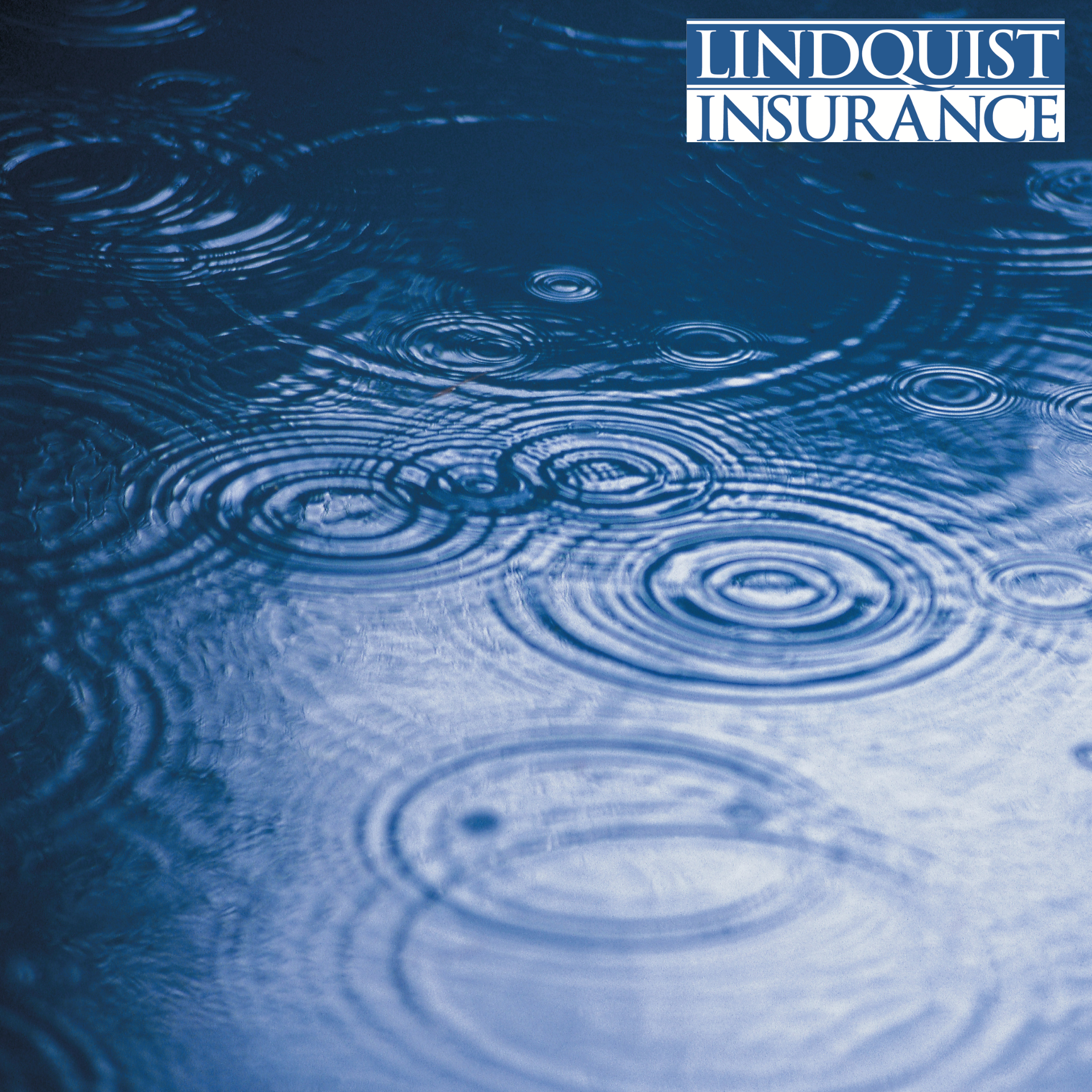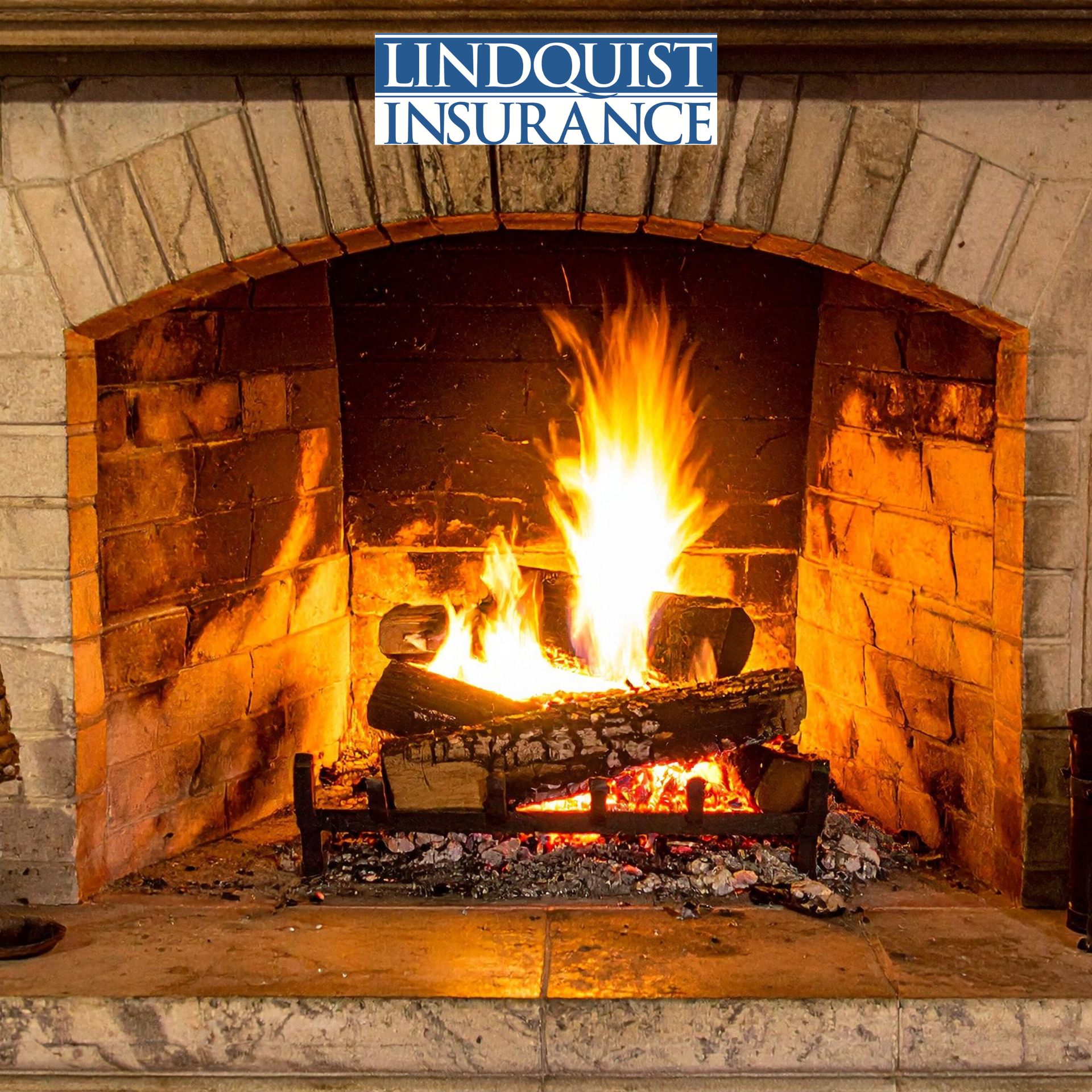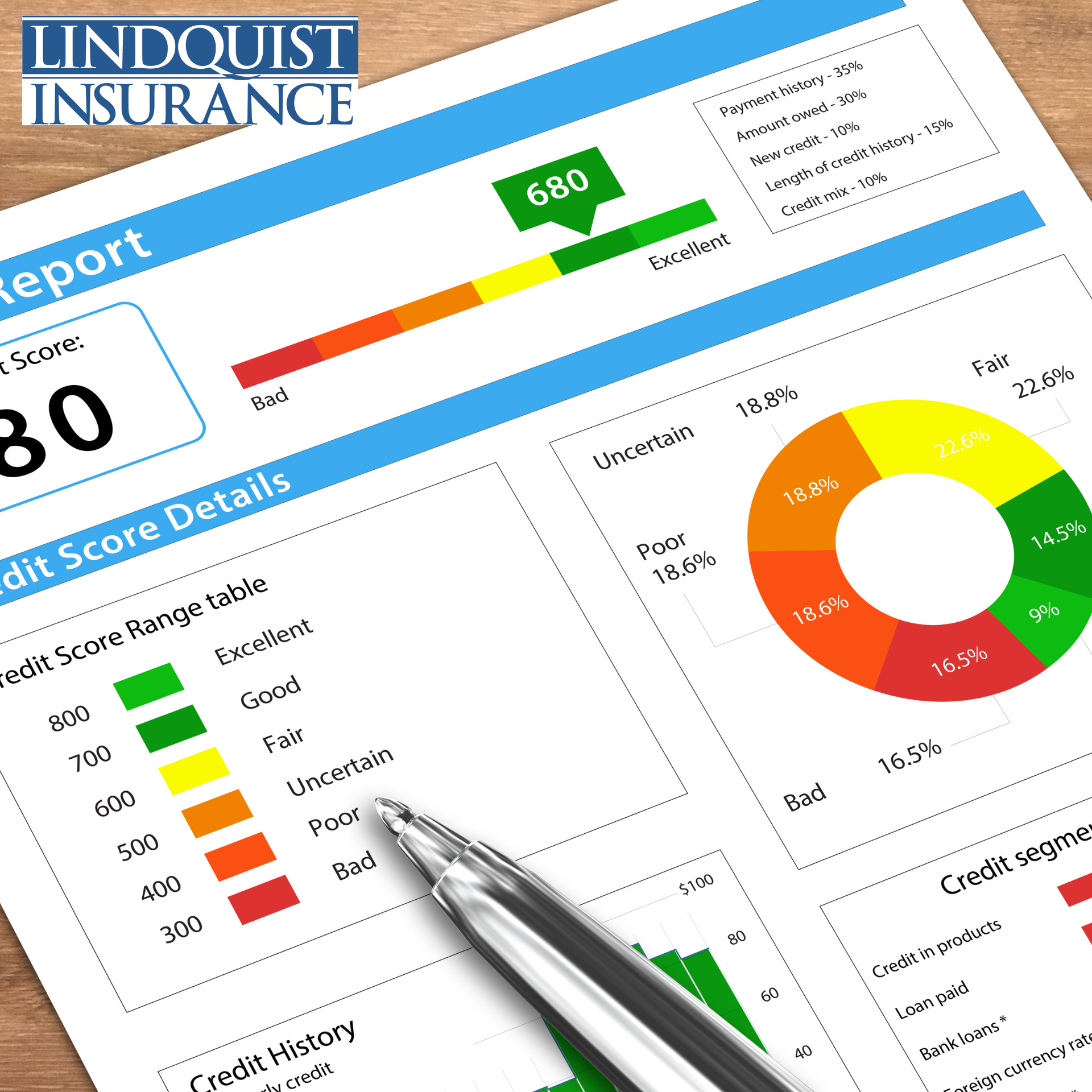What is 'Loss of Use' on Your Homeowner's Insurance Policy?
Ray Cogan
There is coverage if you cannot live in your home temporarily.

There are losses to a home that is so catastrophic, that the persons living in the home cannot stay there while the home is being repaired or rebuilt.
That is considered an indirect financial loss. The covered peril (fire, tree falling on home, etc.) was so enormous that the insured(s) can no longer live in the home. They have to relocate to other lodgings until the home is repaired or rebuilt.
In your homeowner’s policy, the loss of use coverage will pay for temporary rentals, storage or moving costs, and other additional living expenses during the time that your home is being repaired or rebuilt. It’s commonly known as additional living expenses (ALE) insurance which is Coverage D. Your homeowner insurer will make payments for the time it takes to repair or rebuild your home, or when you reach your policy’s coverage limit. ***
Here is how the coverage works:
1. If your home has severe damage by a covered loss and you need to stay somewhere else temporarily, loss of use coverage reimburses you for increased living costs during the repair/rebuilding time.
2. Expenses that are covered include hotel/lodging expenses, rentals, restaurant bills, grocery expenses, dry cleaning, and some essential costs.
3. Rental income protection if you’re not able to rent out your property.
4. It is 30% of your policy’s dwelling coverage limit.
The following expenses are covered under the additional living clause in your homeowner’s policy:
1. Hotel stays
2. Temporary rentals
3. Transportation costs
4. Rental cars
5. Additional fuel or mileage expenses
6. Grocery or restaurant bills
7. Dry cleaning costs
8. Storage units
9. Daycare
10. Pet boarding
Those expenses that are excluded under loss of use:
1. Flooding: As mentioned earlier, homeowner’s policies do not cover damage from flooding. Your coverage excludes it if your house becomes uninhabitable due to a flood.
2. Earthquakes: This is also not covered. You would need a separate earthquake policy.
3. Continuing expenses: Mortgage payments, property taxes, utility bills, and other normal, monthly expenses are not covered.
Loss of use coverage is 30% of your home’s insured value, or your dwelling coverage limit. That would be the total limit provided after a covered loss.
If you have questions about your homeowner’s policy,
Lindquist Insurance
can review your coverage with you and make sure your home is fully covered. Call (301) 694-0008 to speak to our experienced and licensed insurance agents for a consultation and quote. We serve the Annapolis, MD, and Frederick, MD areas.
*** For more information about
homeowners
coverage, visit the Insurance Information Institute website.

At Lindquist Insurance, we specialize in helping businesses in the Annapolis and Frederick, MD regions safeguard their property and operations through customized commercial property insurance. Whether you face coastal storms, winter freezes, or routine business risks, we’ll work with you to build a commercial policy.









Share On: